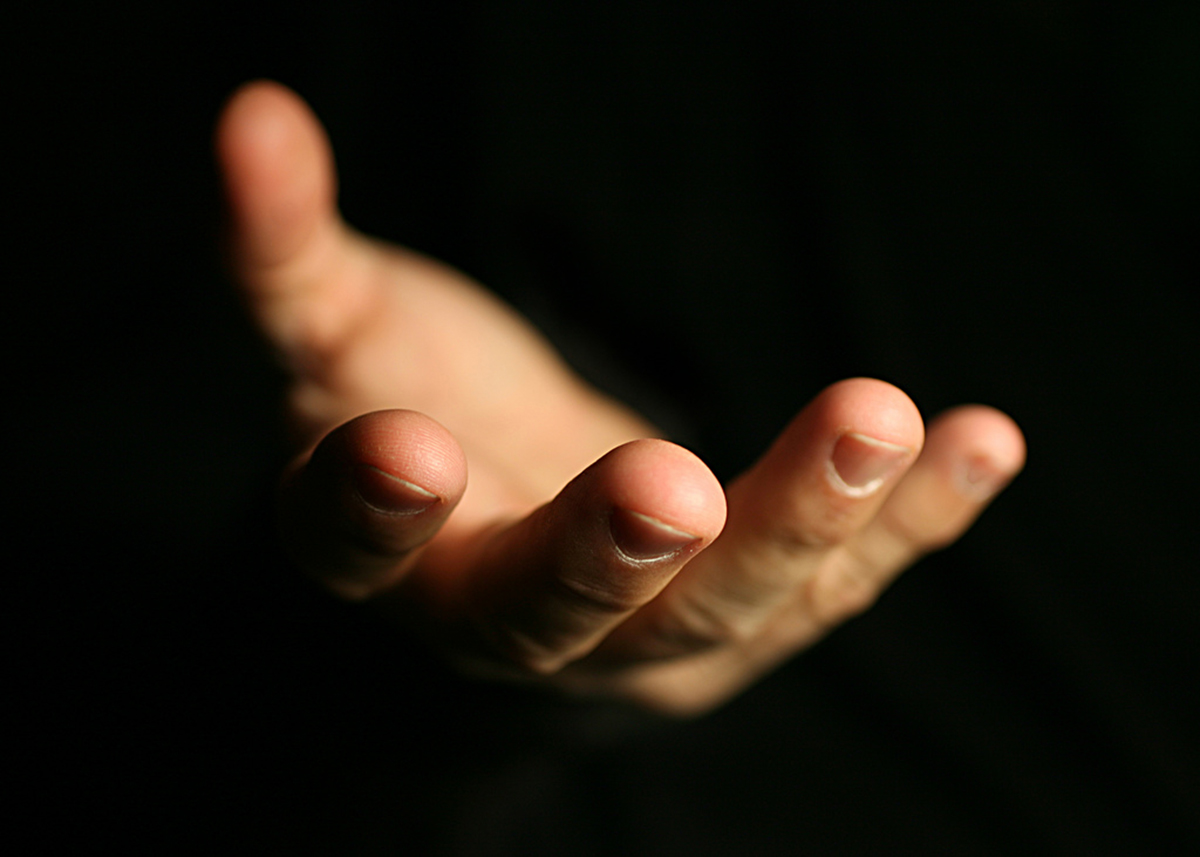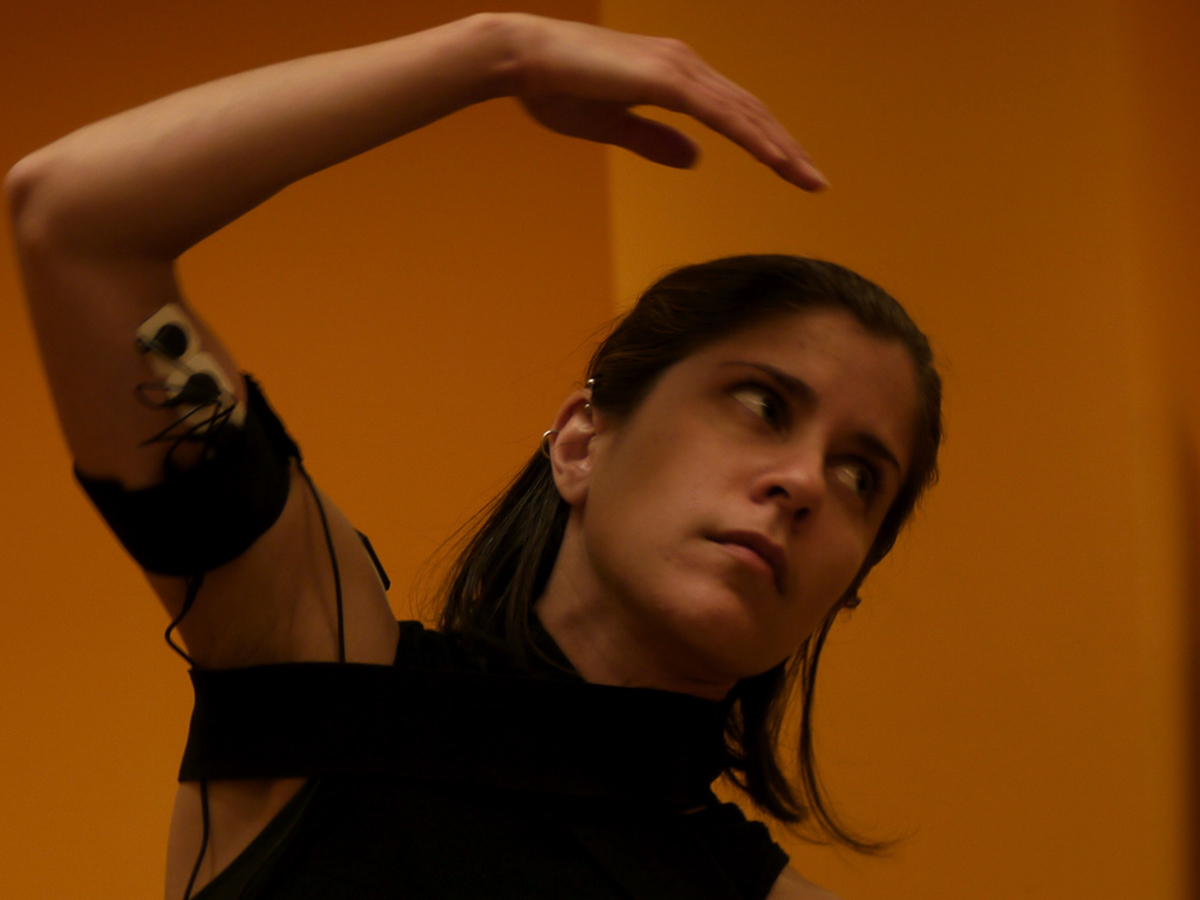Distal muscular dystrophy or DD, was first described in 1922. The disease is a class of muscular dystrophies that primarily affects distal muscles, including the lower legs, feet, hands and lower arms. Muscular dystrophies are a group of genetic diseases which are degenerative and affect voluntary muscles.

7 Different Types of Distal Muscular Dystrophy
There are many different types of distal muscular dystrophy and these include the following:
1) Distal myopathy with vocal cord and pharyngeal weakness: This disorder has been linked to chromosome 5 and the symptoms usually show up between the ages of 35-60 years of age. Symptoms include; difficulty swallowing and weakness in the voice, hands and legs.
2) Welander distal myopathy: This type of muscular dystrophy most often has an age of onset around 40-50 years of age. Degree of muscle weakness can vary from mild to severe and the etiology remains unknown.
3) Finnish distal myophathy: Finnish MD can also be referred to as tibial muscular dystrophy and it features weakness beginning after the age of 40 years old.
Cardiac problems could be a feature of this MD. This type of MD typically only affects people of Finnish ancestry and it can be benign or severe.
4) Gowers-Laing distal myopathy: Gowers-Laing distal myopathy is most commonly diagnosed between the ages of childhood and 25. This type of MD usually appears first in the leg and neck muscles and with progression, it will move to the hands, more neck muscles and the upper legs.
5) Nokana distal myopathy: Usually occurs in families of Japanese descent. This type of DD has symptoms which show up around the ages of 20 and 40 years old. Nokana distal myopathy affects the lower anterior legal muscles and it can progress include the upper arms, neck muscles and upper leg muscles.
6) Hereditary inclusion-body myositis type I (HIBM1): HIBM1 usually begins when a person is between the ages of 25 and 40 years old. First affecting the muscles that lift the front of the foot and thighs. Other muscles can be affected later, as the disease progresses. The cause of HIMB1 is currently unknown.
7) Miyoshi distal myopathy: This type of MD involves weakness that typically starts in the lower extremities. The genetic defects which are responsible for Miyoshi distal myopathy are in the gene for dysferlin protein.
DD: When do Symptoms Begin?
Normally, the symptoms of muscular dystrophy often begin in childhood. Other forms of muscular dystrophy may not become obvious until adulthood.
See Also: Raising Quality of Life for Children with Duchenne Muscular Dystrophy (DMD)
A person’s limbs may draw inward and become fixed in a certain position, which is referred to as contracture. Other types of muscular dystrophy can also affect the heart and other organs.
Distal Muscular Dystrophy: Causes
There are hundreds of genes involved in making the proteins which protect muscle fibers from being damaged. Distal muscular dystrophy happens when one of genes is defective. Each type of MD is the result of a genetic mutation which is particular to that specific type of disease. Many genetic mutations occurring with MD are inherited, but some also occur spontaneously in the mother’s egg or in the developing embryo.
Distal Muscular Dystrophy: Risk Factors
Distal muscular dystrophy does not discriminate against age, race or gender. There are risk factors which can increase a person’s chances of developing distal muscular dystrophy and these include; family history of muscular dystrophy and gender, with makes being at a higher risk than females of developing MD, particularly, Duchenne and Becker dystrophies.

Distal Muscular Dystrophy: Treatment
Diagnosing any type of MD can be very difficult. Normally, a doctor will start by taking a patient and family history and doing a physical examination.
A physician wishes to determine if the person’s symptoms are the result from a muscular problem or a nerve issue. Problems with the nerves that control muscles or motor nerves, originate in the spinal cord and branch out to reach all the muscles, can result in weakness that can appear like a muscle issue but really is not.
Usually, the origin of muscle weakness can be identified by doing a physical examination. Sometimes special tests called nerve conduction studies and electromyography (EMG) are performed. These tests are performed by using electricity and very fine needles to stimulate and assess each individual nerve or muscle. An EMG is uncomfortable, but a person should not severe pain.
Sometimes a blood test called a CK level will be ordered by a physician early in the diagnostic process. CK is short for creatine kinase, which is an enzyme that leaks from damaged muscles. If a person’s creatine kinase levels are abnormal, a doctor will probably order a muscle biopsy (surgical excision of tissue for diagnostic purposes). By sending a sample of muscle tissue off to a lab for examination, doctors can determine a great deal about what is going on with the tissue.
Other tests can also be performed on the muscle biopsy. The correlation between missing proteins in muscle tissue and genetic issues is not foolproof.
Genetic tests can be done to analyze a person’s genes for particular defects which cause muscular dystrophy. Genetic tests can help predict the likely course of the disease and may help families who want to reduce the risk of passing on MD to the next generation.
Prognosis
Most types of muscular dystrophy are progressive and will grow worse over time. However, the age of onset and rate the disease progresses will vary from person to person. Some types, but not all, of these disorders can affect a person’s life expectancy. In many cases, advanced medical research will allow treating the symptoms of MD and will likely increase the risk of a decreased life expectancy.
See Also: Stone Man Syndrome: What Is Fibrodysplasia Ossificans Progressiva (FOP)?
Distal muscular dystrophy is an inherited, genetic disease. With proper care and treatment options, the prognosis for distal muscular dystrophy improves all the time. Because of the Muscular Dystrophy Association’s research programs, continuing strides are made towards better treatment options and hopefully someday a cure.
- Photo courtesy of Jlhopgood by Flickr: www.flickr.com/photos/jlhopgood/6653628559
- Photo courtesy of Lazzarello by Flickr: www.flickr.com/photos/lazzarello/4091249401


Your thoughts on this